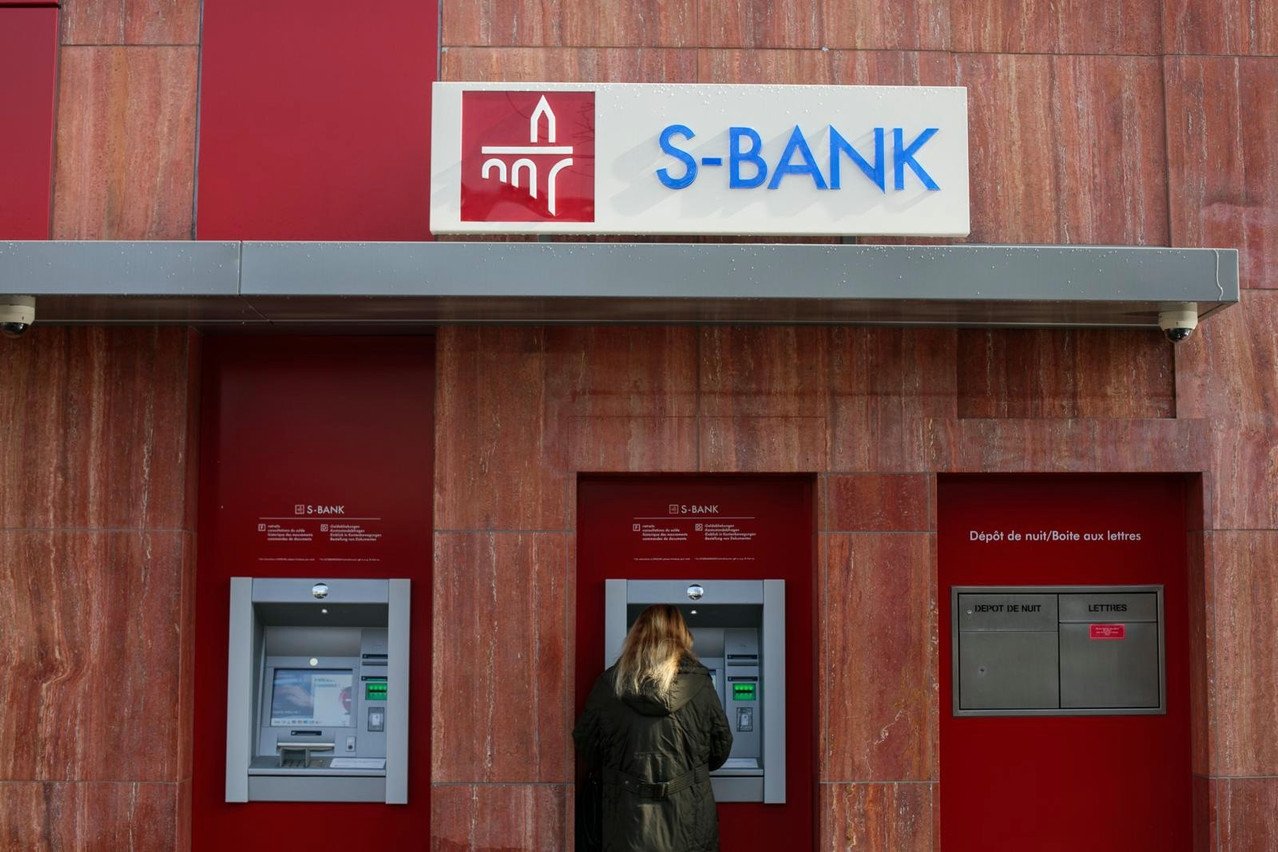The European Central Bank has told Banque Internationale à Luxembourg to boost a type of capital reserve called P2R by 0.25% from January. The ECB told Spuerkeess to increase its P2R by 0.22%. The Pillar 2 requirement, in short P2R, as defined by the ECB’s Supervisory Review and Evaluation Process, is an additional safety net specifically designed to reduce risks during market volatility by imposing higher bank-specific capital requirements.
Legally binding
The P2R is in addition to the minimum capital requirement, also known as Pillar 1, which may underestimate or not fully cover certain risks. Therefore, the SREP mandates that over 100 euro area systemic banks--with the composition changing over the years--hold additional capital, based on the individual situation of each bank. However, P2R does not encompass the risk of excessive leverage, which is covered by the leverage ratio Pillar 2 requirement, abbreviated as P2R-LR.
Systemic banks, as the name suggests, are financial institutions that are deemed crucial to the stability and proper functioning of the eurozone financial system, and are therefore subject to additional regulation and oversight by the ECB.
It should be noted that the P2R is legally binding, and failure to comply may result in institutions being subject to supervisory measures, including sanctions.
P2Rs for Luxembourg banks
As of January 2023, the SREP has increased the P2Rs for at least 27 systemic euro area banks compared to the previous year, including two banks from Luxembourg, namely the state savings bank Spuerkeess and Banque Internationale à Luxembourg. For 2023, Spuerkeess was required to hold 1.5% of its capital, of which 0.84% in Common Equity Tier 1 (CET1)--the highest quality and most stable forms of capital that can absorb losses without the bank becoming insolvent--compared to 1.28% (of which 0.72% in CET1) in 2021. Similarly, Bil was required to hold 2.25% of capital, of which 1.27% in CET1 form in 2023, compared to a P2R of 2.00%, of which 1.13% in CET1 a year ago.
In its documentation, the ECB refers to Spuerkeess by its previous formal name, the Banque et Caisse d’Epargne de l’Etat.
Spuerkeess well placed
Speaking to Delano, Spuerkeess’ executive vice president and CFO, , confirmed the P2R increase, but clarified: the “increased P2R rate of Spuerkeess is still among the lowest of the 111 EU systemic banks. As such, it has no impact on Spuerkeess business model.” Moreover, “no change in lending or investment policy is foreseen.”
Commenting on any possible need to raise additional capital, Engel stressed: “Spuerkeess is one of the 28 EU systemic banks with a CET1 ratio over 20%, it is highly capitalised and there is no plan for any further capital increase.”
Bil unaffected
A representative of Bil confirmed to Delano that their capital buffer remains sufficiently above the minimum capital requirements and with regard to increase in P2R levels: “This increase does not require a capital increase, nor a change of business model,” indicating Bil’s business operations largely remain unaffected by ECB’s directive. Moreover, “Bil doesn’t need a capital increase to meet its obligations.”
Quintet well above threshold
Quintet Private Bank (Europe) commented that on the back of its strong financial position at the end of 2022, with €18.1m in net profit and its Basel III common equity tier 1 ratio standing at 18.4%, well above the regulatory threshold, “The increase in our Pillar 2 capital requirement will have no impact on our business activities, including lending and investments.” Additionally, Quintet’s liquidity coverage ratio stood at 153.2% at the end of 2022, up from 138.5% at the end of 2021, which also exceeds regulatory requirements. “We do not anticipate a requirement for additional capital to meet our regulatory obligations,” concluded Quintet.
The ECB supervisory board did not change the P2Rs for 58 systemic banks, and even reduced the rates for 14 euro area banks.
According to Andrea Enria, chairperson of the supervisory board of the ECB, the applicable to address “insufficient risk coverage of non-performing exposures and the excessive exposure to the risks associated with the leveraged finance business.”
RBC Investor Services Bank S.A. declined to comment.
Editor’s note: The article was updated on Thursday 20 April, 10:45 with comments from Bil, and at 13:20 with comments from Quintet.
